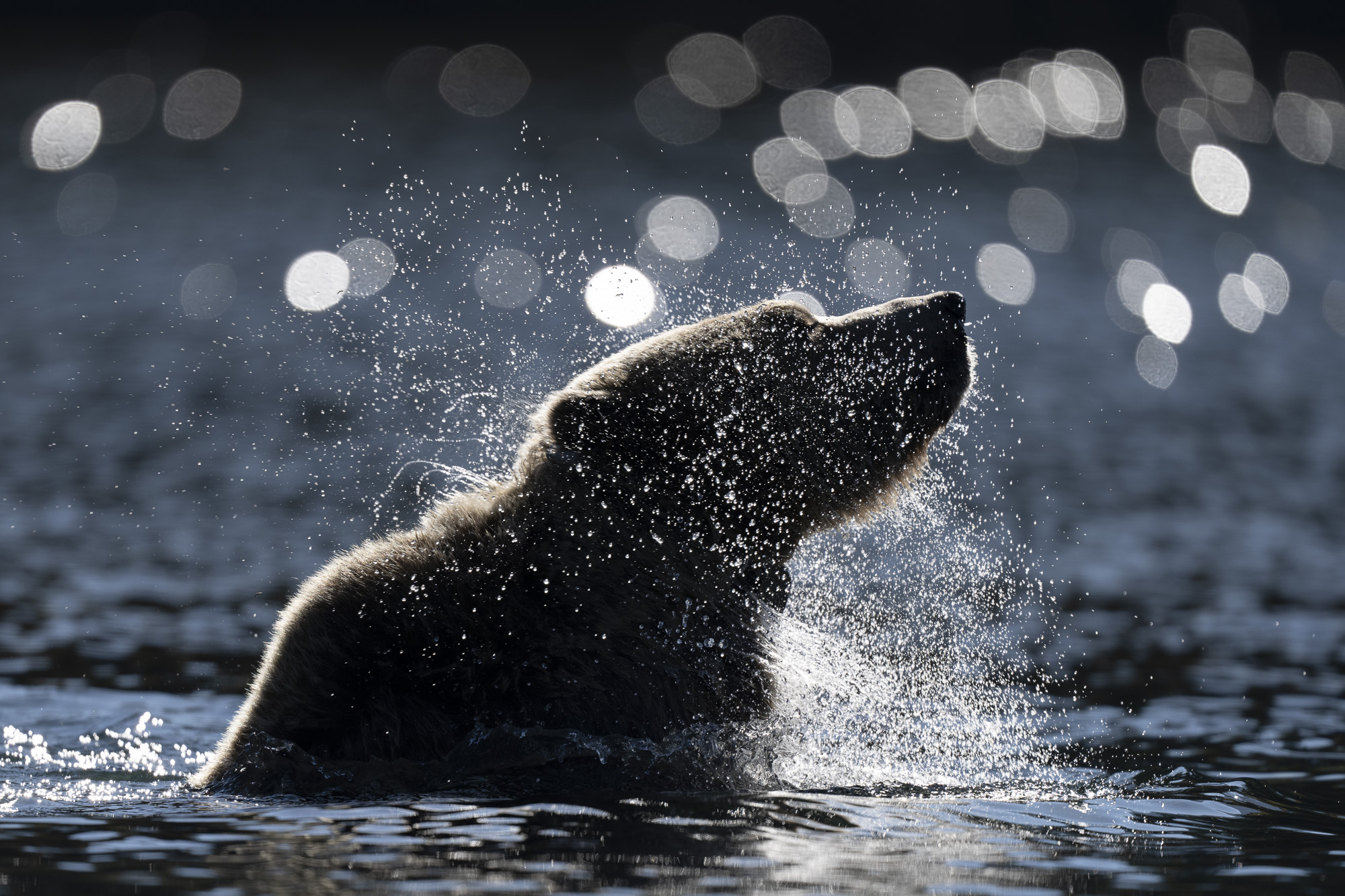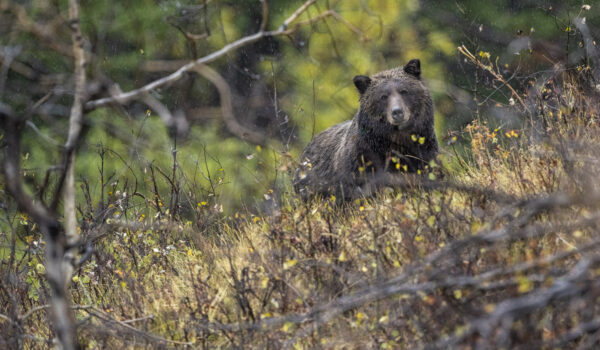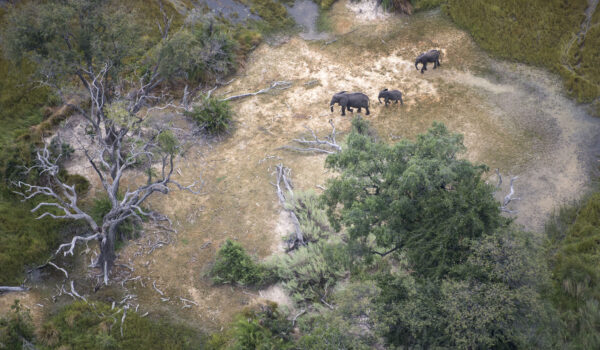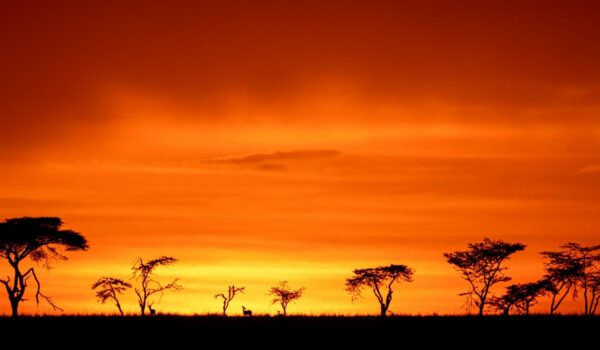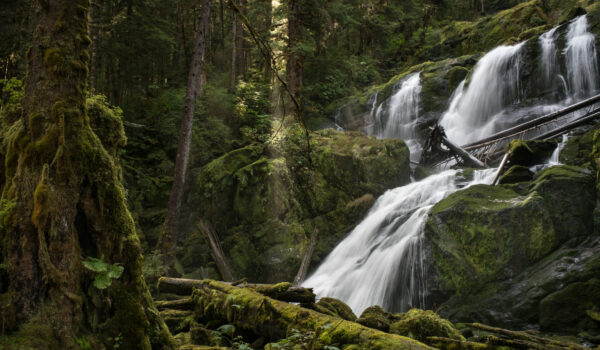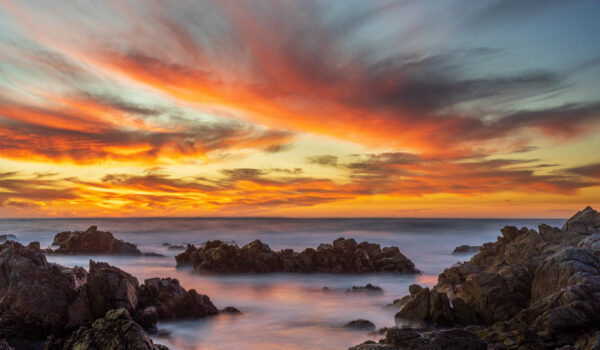Originally published in Nature Vision Magazine – October 2023
In a British Columbia valley carved by glaciers and surrounded by the Coast Mountains runs a deep blue river rich in sockeye salmon and magnetic to the grizzlies that feed on them. From mid-September to October every year, the run of approximately 1 million sockeyes attracts one of the highest concentrations of grizzlies in North America, presenting a multitude of photographic opportunities.
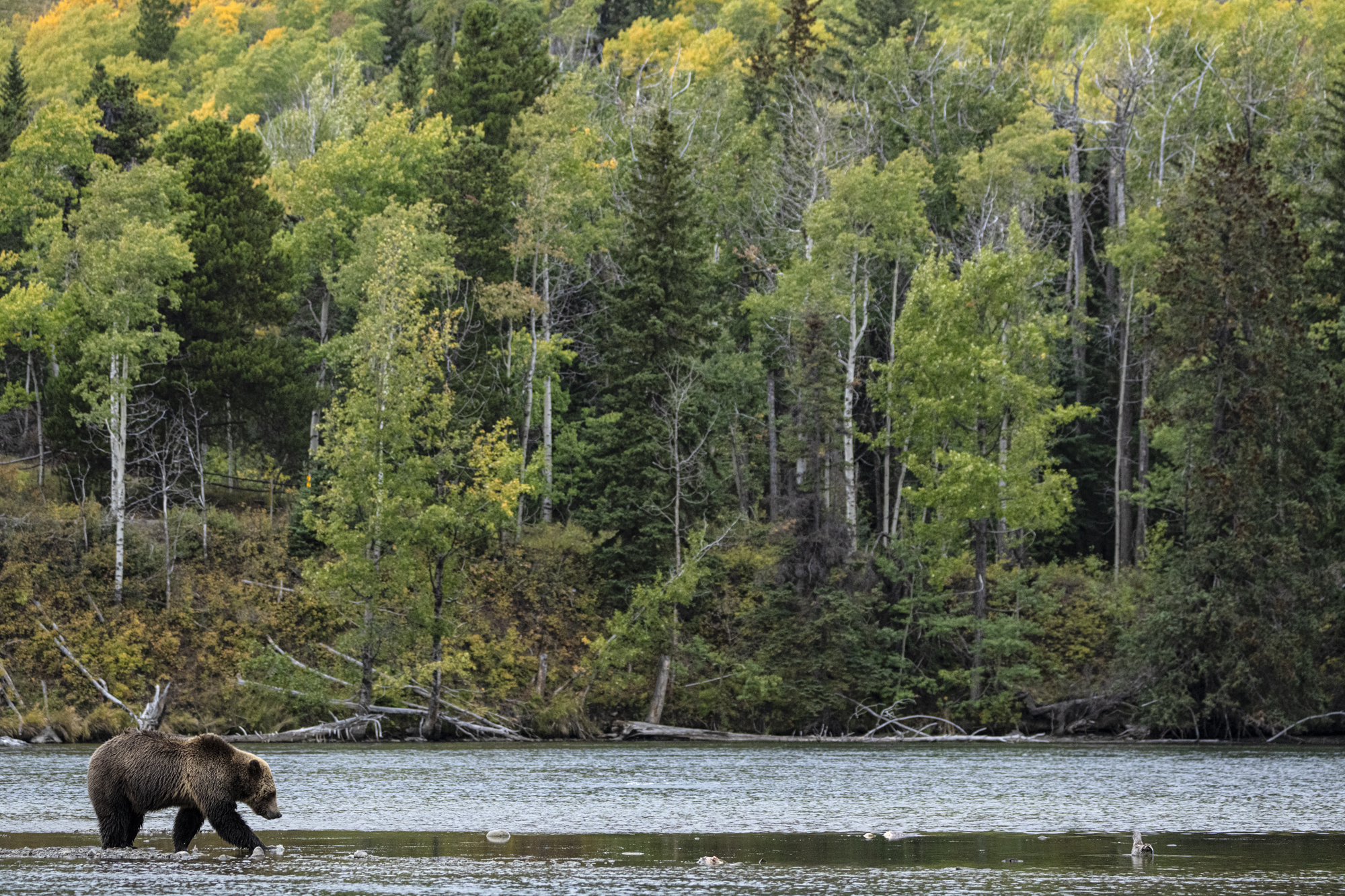
How it all comes together — how the salmon come to be here at all — is quite a story. Hatched in streams and rivers around Chilko Lake, the salmon spend the first year of their lives in these waters before migrating to the ocean. After several years, the fish return in late summer and early fall to their freshwater birthplace to reproduce. Local lore says that a salmon spawns within inches of its own spawning spot. It’s quite fascinating!
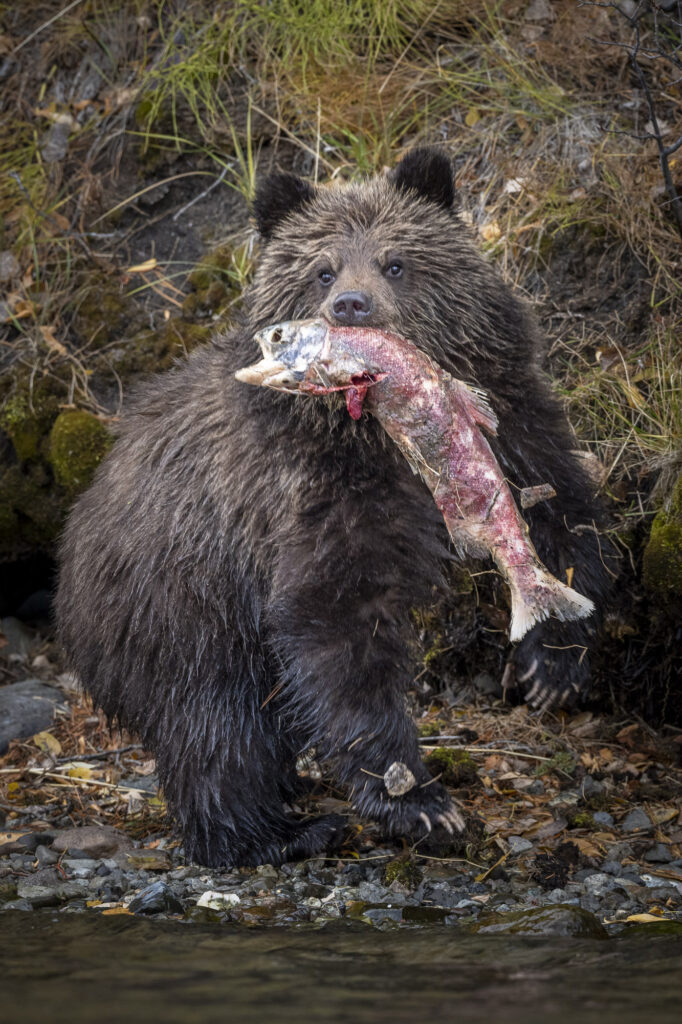
A sockeye’s journey is perilous to be sure: dodging commercial fishing nets along the coast; traveling upstream some 400 miles; climbing 3,850 feet in elevation; squeezing through the 115-foot-wide passage known as Hells Gate; and avoiding various fishing hooks and nets — all to make it back to the headwaters of the Chilko River and ensure the survival of the species and the bears who rely on the salmon as their main food source.
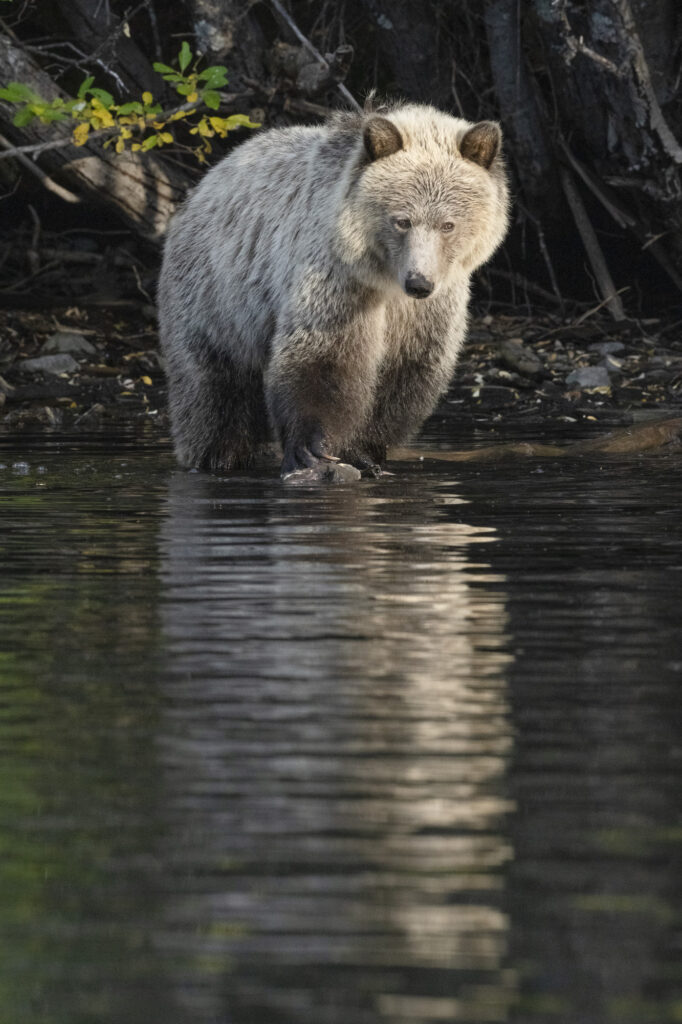
Of the salmon that survive just getting here, the 100-plus grizzly bears that converge in the Chilko Lake area will eat as many fish as they can to build fat stores for the winter months ahead. The abundance of high-calorie sockeye brings the normally solitary grizzlies together along the river’s edge, and it isn’t unusual to see 15 to 20 distinct bears in a single day. To encounter one of these 7-foot, 800-pound giants is a profound experience. And, even to the most jaded wildlife photographer, watching bears fish is a thrill.
The grizzlies clearly have various ideas on the approach to fishing: Some wade out into the depths of the river to catch salmon with their mouths; some trap fish with their claws in the shallows; and the lazier bears make do with the fish that wash up on the riverbank after they’ve spawned and died.
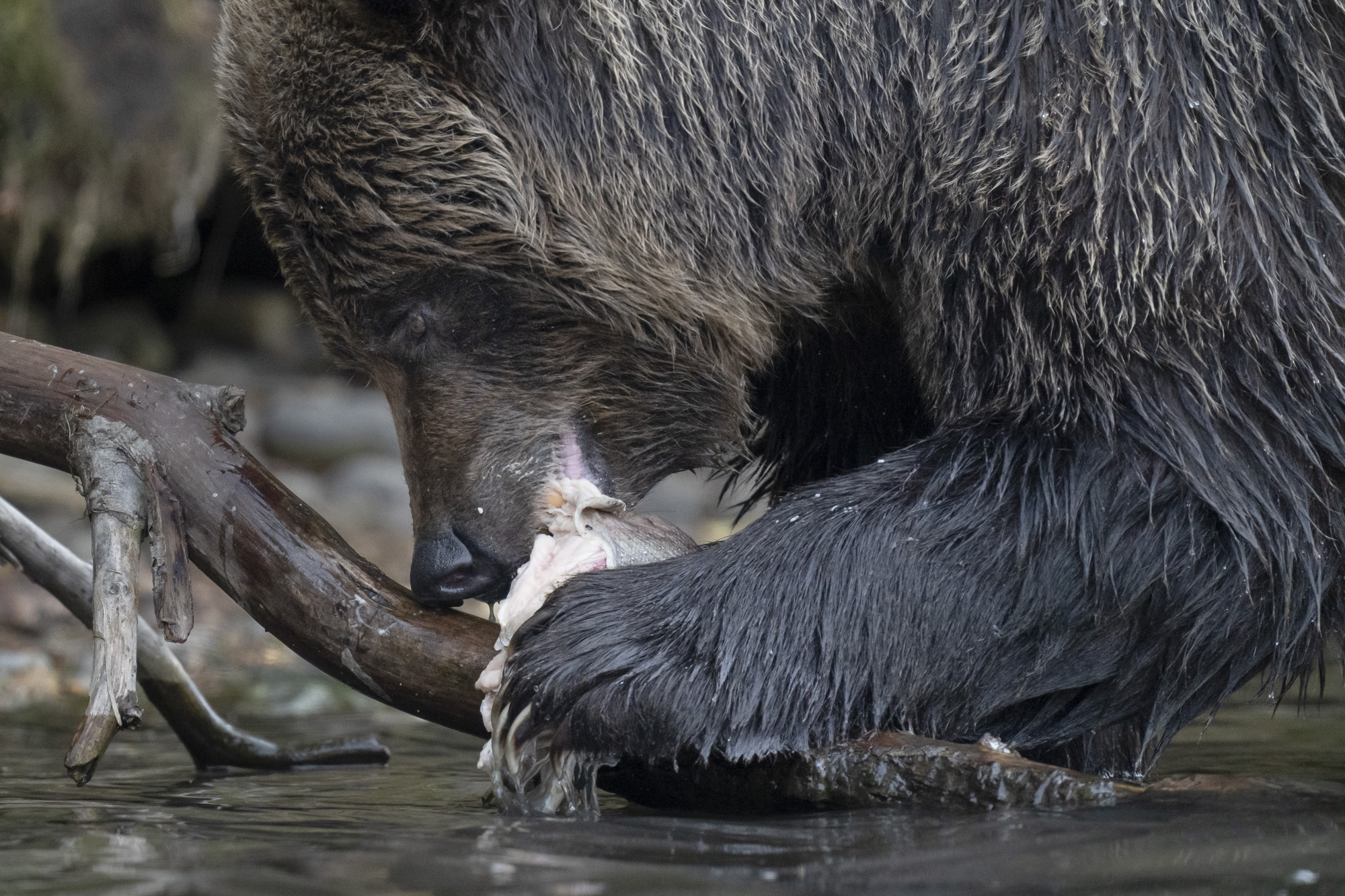
Photographing on the Chilko River
So far, this has all the makings of a great photographic opportunity. But wait, as they say in every great infomercial; there’s more! All of this is set against a backdrop of spectacular autumn color. While photographing a brown bear catching a salmon is pretty great on its own, put that same bear (and unlucky salmon) in a pool of water colored gold by aspen reflections, and it becomes something truly magical!
Photography on the Chilko River is from a boat that most likely carries other photographers, so I consider my gear carefully and keep my kit as tight as possible. I always go with two complete camera setups: one body with a 600 mm and one with a 100-400 mm, plus 1.4x and 2x teleconverters for when I want to isolate a subject. I use a monopod to support my longer lens, since hand-holding a 600 mm for multiple hours is difficult at the best of times and more so on moving water. Because the days start cold and can either warm up or turn unexpectedly freezing with rain and wind, I also make sure I have a variety of clothing layers to be as comfortable as possible.

Overcoming Challenges
It’s important to be prepared to photograph from the moment the boat leaves the dock, because things happen quickly. The boat is moving and so are the bears, so there’s no time for do-overs. I set my camera on manual shutter and aperture and let the ISO float. This lets me lock in the settings I care about most (shutter speed first, then aperture) and not spend a lot of time metering.
In the early morning, I start out shooting at about 1/500 with a wide aperture; when there’s enough light, I push the speed to 1/1000. More light presents more creative choices for aperture: In lower light I need to shoot wide open, so I limit myself to isolating subjects against the background; more light allows me to stop down and put a bear in context.
Like many photographic adventures, photographing bears can be overwhelming at first. A large bear can eat up to 150 pounds of fish (approximately 30 salmon) a day, so there is no shortage of subject matter. As is typical for me on the first day at any location, on the Chilko River I initially photographed every bear I saw, trying to make the best of whatever lighting conditions there were.
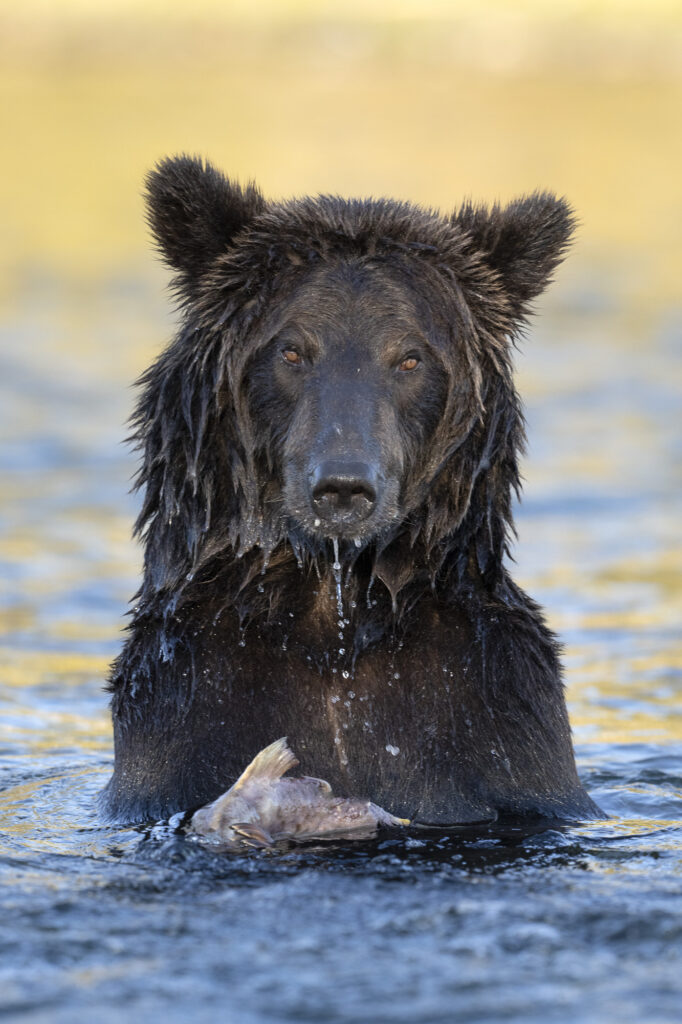
Day 1 and The Big Edit
The first day on location is always shoot-heavy, and it is an important part of my process because it helps me focus for the rest of my time there. Integral to that process is a massive edit at the end of the first day. I call it The Big Edit. I look at every single image to get a feel for what the interesting opportunities are. I occasionally get a decent photograph on the first day, but the most important output of that edit is a set of lists:
- What not to shoot. While pixels are free, time isn’t: I have limited time on location. After Day 1 on this trip I decide it isn’t worth continuing to take mug shots of bears. Instead, I need to push myself to make new compositions.
- Story ideas. During The Big Edit, a few images usually jump out as interesting sketches, meaning these are photographs that aren’t quite there but have a solid concept, and this is what I’ll spend the bulk of the trip focusing on. Another way to think about this is, “What story do I want to tell, and which images do I need to tell it?” I don’t always know what the story is until I get to a place and see what the photographic possibilities are, but this one was pretty straightforward: I wanted to tell the story of grizzlies bulking up on salmon in the fall.
- Dream Shots. These can come either from The Big Edit or from research I’ve done prior to the trip. Dream Shots are the images that may not happen but will be incredible if they do. Here, the dream is a backlit bear shaking off water in an explosion of droplets.
The Big Edit also provides a great opportunity to be sure that all your gear is working. There’s nothing worse than being three days into a shoot and noticing that you have massive dust spots on your sensor!
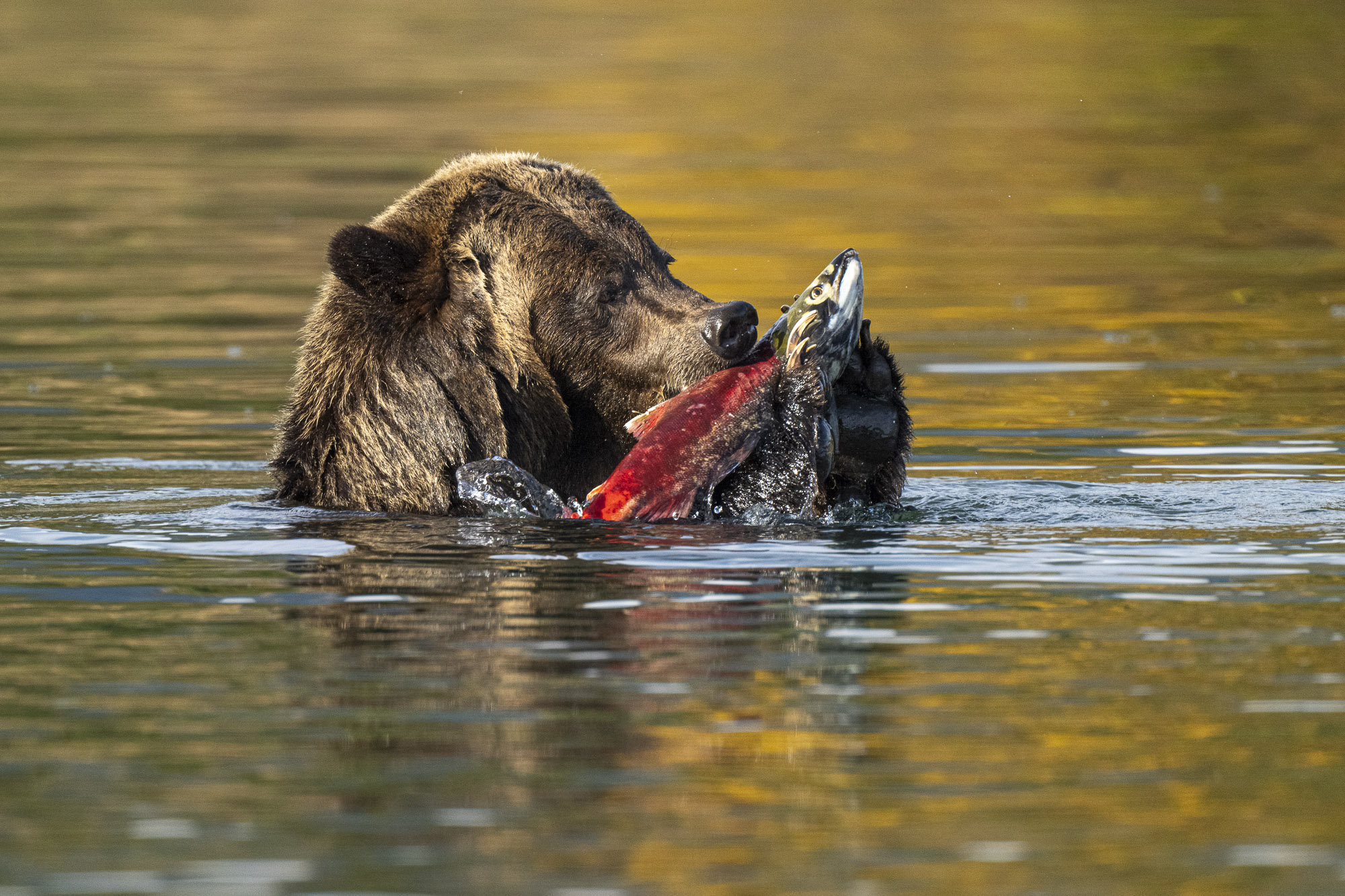
Telling a Story
To really bring life to my story of grizzlies feeding on salmon in the fall, I knew that I needed a wide variety of images that showed everything from bears fishing, to bears interacting, to bears in their environment.
I thought the images of a fishing bear would be the easiest because there were so many opportunities to make that shot, but it was much more technically challenging than I imagined. I knew I wanted the beautiful fall colors reflected in the water, which meant I needed sunlight; however, that sunlight created strong shadows on the bears’ faces because of their dark fur and deep eye sockets.
After much experimentation, I found I needed a front-lit, medium-brown bear fishing in a section of the river that reflected the color of the aspens. I was lucky enough to find this scene a couple of times, finally making an image I was excited about.
The interaction shots turned out to be a much simpler proposition. For example, a mother and cubs offer plenty of interactive moments to choose from because cubs are naturally playful. I get as low to the ground as I can for much of my wildlife photography: I generally find this leads to stronger photos overall but is especially important when photographing smaller animals like bear cubs. Being at eye level helps your viewer feel part of the moment.
To tell the story of bears in the river in autumn, I needed shots that truly showed the bigger picture — and I knew the shots had to be beautiful. To get the result I was after meant I needed to think like a landscape photographer, so I chased the golden afternoon light and found a river bend with enough structure, visual interest, and fall color to make that photograph.
Now I just needed a bear! The bend was a regular crossing point in the river, so I was pretty sure that a bear would come along if I just waited. Several walked by but were uncooperative, showing me their butts as they walked away. Not what I was hoping for! But the perfect bear finally came into the frame and walked directly into the scene, and I made the image I wanted. As always, preparation and patience are just as important as your technique and gear!
The Dream Shot
After The Big Edit, I had settled on my Dream Shot: a full-frame image of a backlit grizzly shaking off water. I wanted to capture the raw power of the bear, the beauty of the light, and the water all in one scroll-stopping frame. But I knew I might not be able to make that image since so many things had to go right, so I had to balance chasing the dream with making images for the story I wanted to tell.
I tried to capture the Dream Shot every time we found a backlit bear, which resulted in some decent images but nothing compelling at first. However, these trial runs let me refine my technique so that when (or if) the moment finally presented itself, I would have my exposure compensation and shutter speed dialed in.
Eventually, the shot showed up. A giant female grizzly was perfectly positioned, backlit with a dark shadow behind her, soaking wet, and close enough to fill the frame. When she went to shake off the water, it was like an explosion; the raw power of the bear as she whipped from side to side was breathtaking. As I looked through my images later, there was one single frame where everything came together: rim light on the fur, sparkling water droplets throughout the frame, and enough light on her head to show off the bear’s features.

More Than the Dream Shot
At the end of my too-short time with the bears, my float plane soared over the snow-covered mountains, and I watched the untamed, rugged landscape drift farther away. I was leaving with the images I had hoped to make — I’d even managed to get my Dream Shot — but I knew that wasn’t the most meaningful part of my time here.
This dramatic and pristine expanse of wilderness is managed and cared for by the local Tsilhqotʼin (People of the River) Nation, and it had quickly become a place that felt like home. Simply being here in this largely untouched, dramatic expanse is a reminder of what wilderness once was — and could be again.
